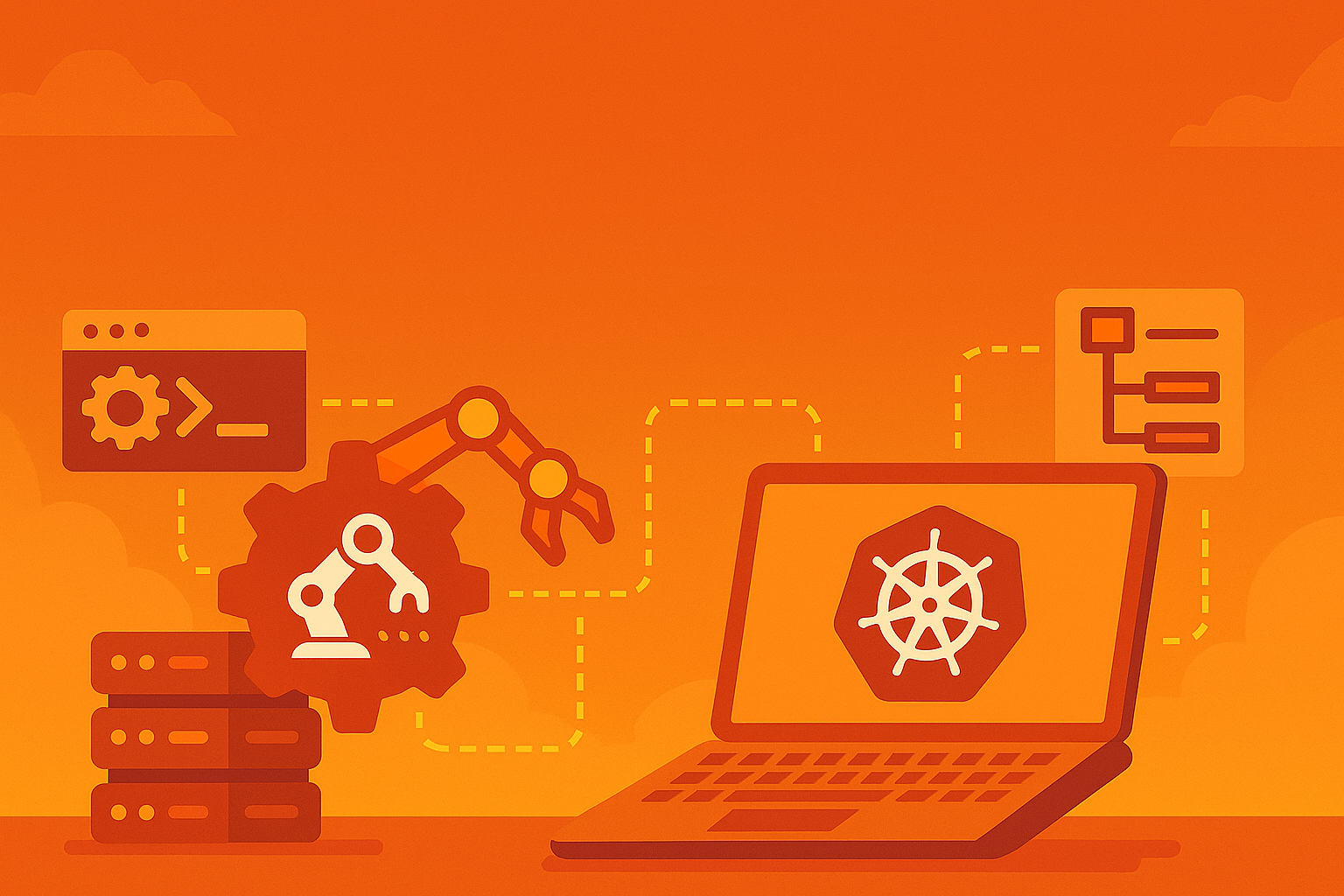
Learning Kubernetes with KubeADM - Part 1: Automate the creation of a homelab environment
Part 1 of our series on getting started with Kubernetes and kubeadm where we setup our homelab environment
Insights on software engineering, cloud development, AI/ML, and the latest in technology
Showing 15-26 of 26 articles (Page 2 of 2)

Part 1 of our series on getting started with Kubernetes and kubeadm where we setup our homelab environment

Part 1 of our series on sentiment analysis. Learn advanced text preprocessing techniques including emoji handling, SentiWordNet integration, and multi-level TF-IDF vectorization for restaurant review sentiment classification.
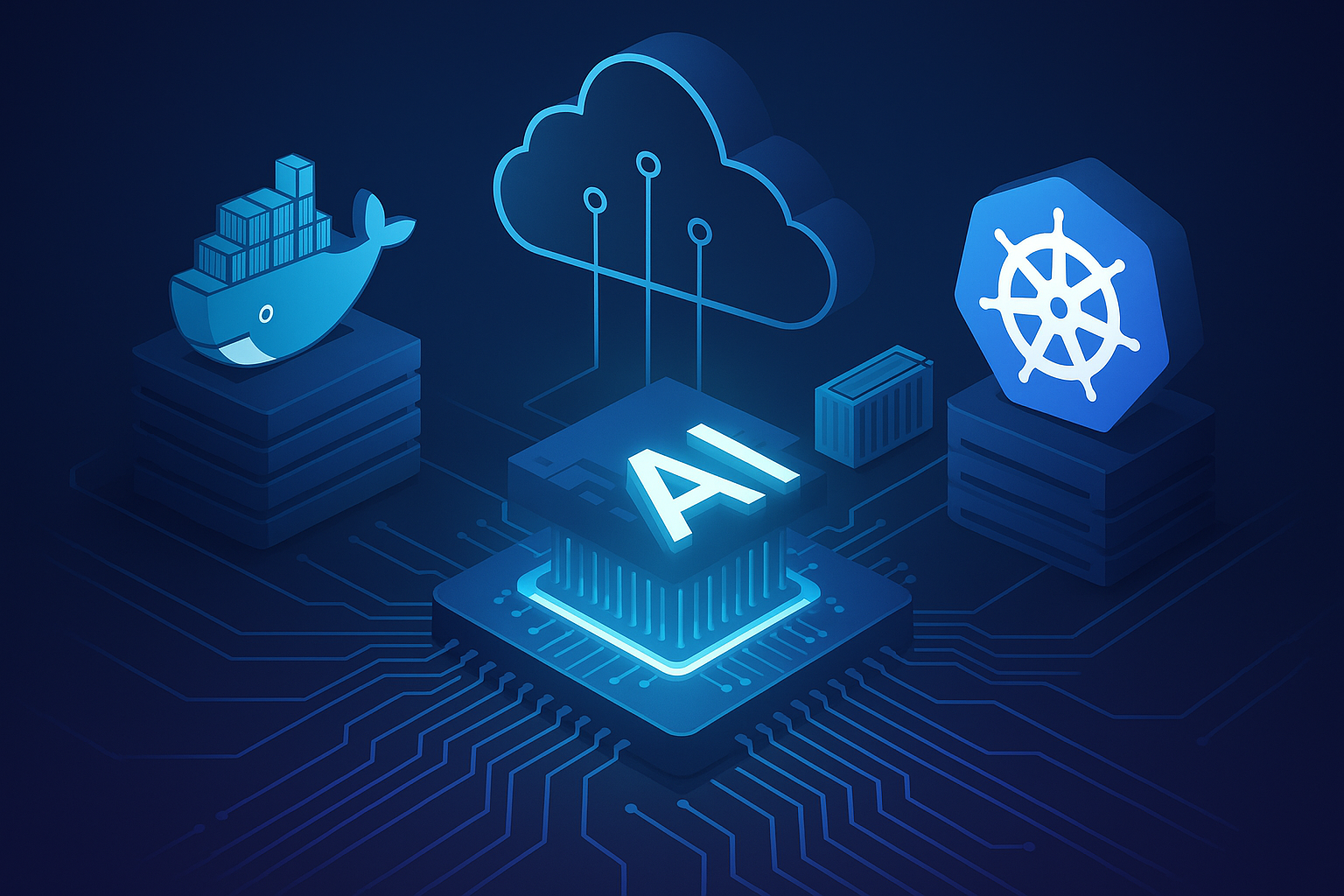
Part 4 of our series on building and deploying a full-stack image classification system. Learn to containerize your FastAPI application with Docker and deploy it at scale using Kubernetes for production-ready container orchestration.

In this post, we build an advanced machine learning ensemble, a voting classifier, to accurately predict heart disease risk in patients, combining multiple models to improve reliability and performance.
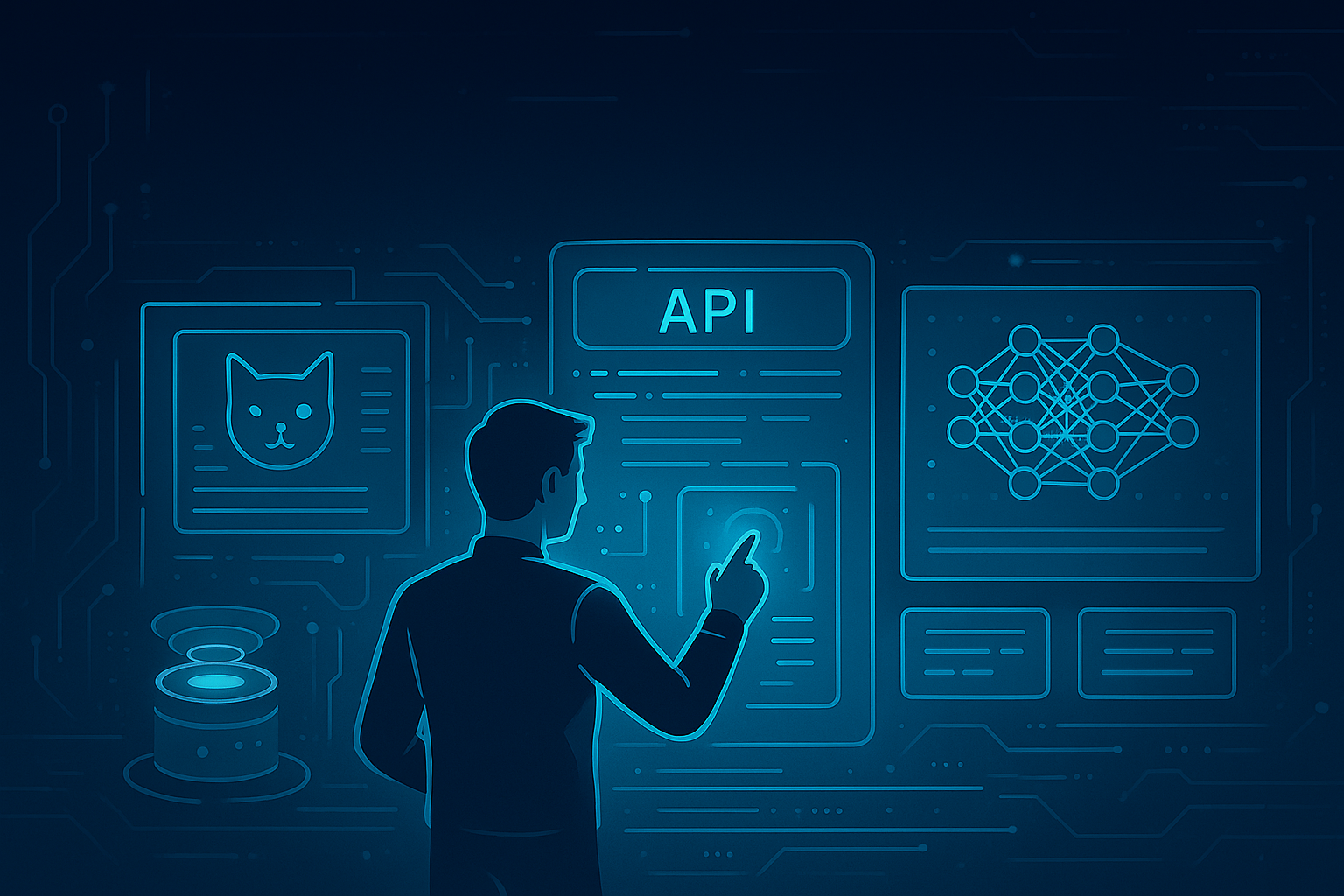
Part 3 of our series on building and deploying a full-stack image classification system. Learn to build a robust, scalable REST API using FastAPI that serves our trained PyramidNet model in production.
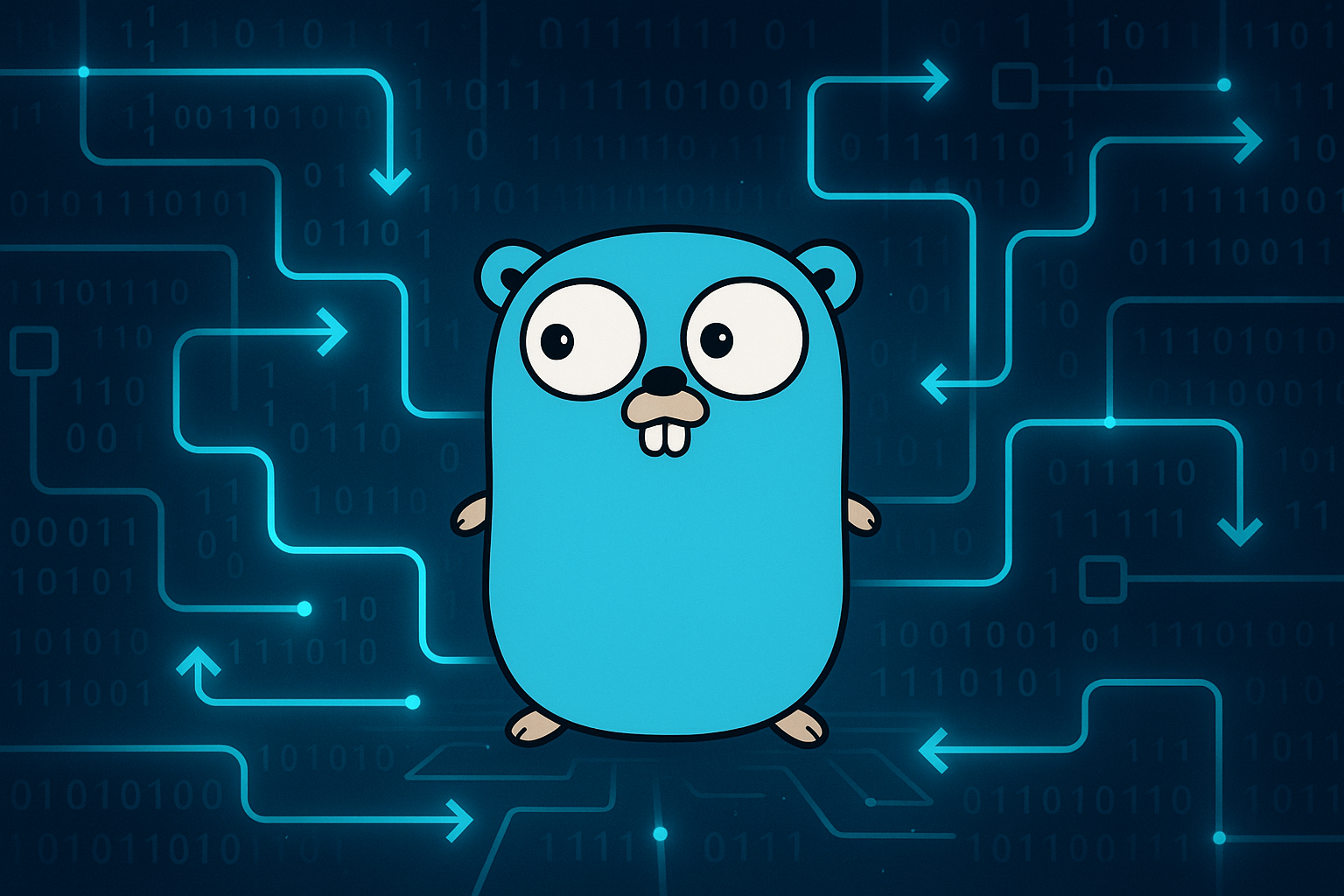
Learn Go's powerful concurrency features by building a practical web scraper that fetches multiple URLs simultaneously using goroutines, channels, and context.

A user's guide to getting started with the Gemini CLI, a new tool that brings the power of Google's Gemini directly to your terminal for seamless software development and command-line tasks.
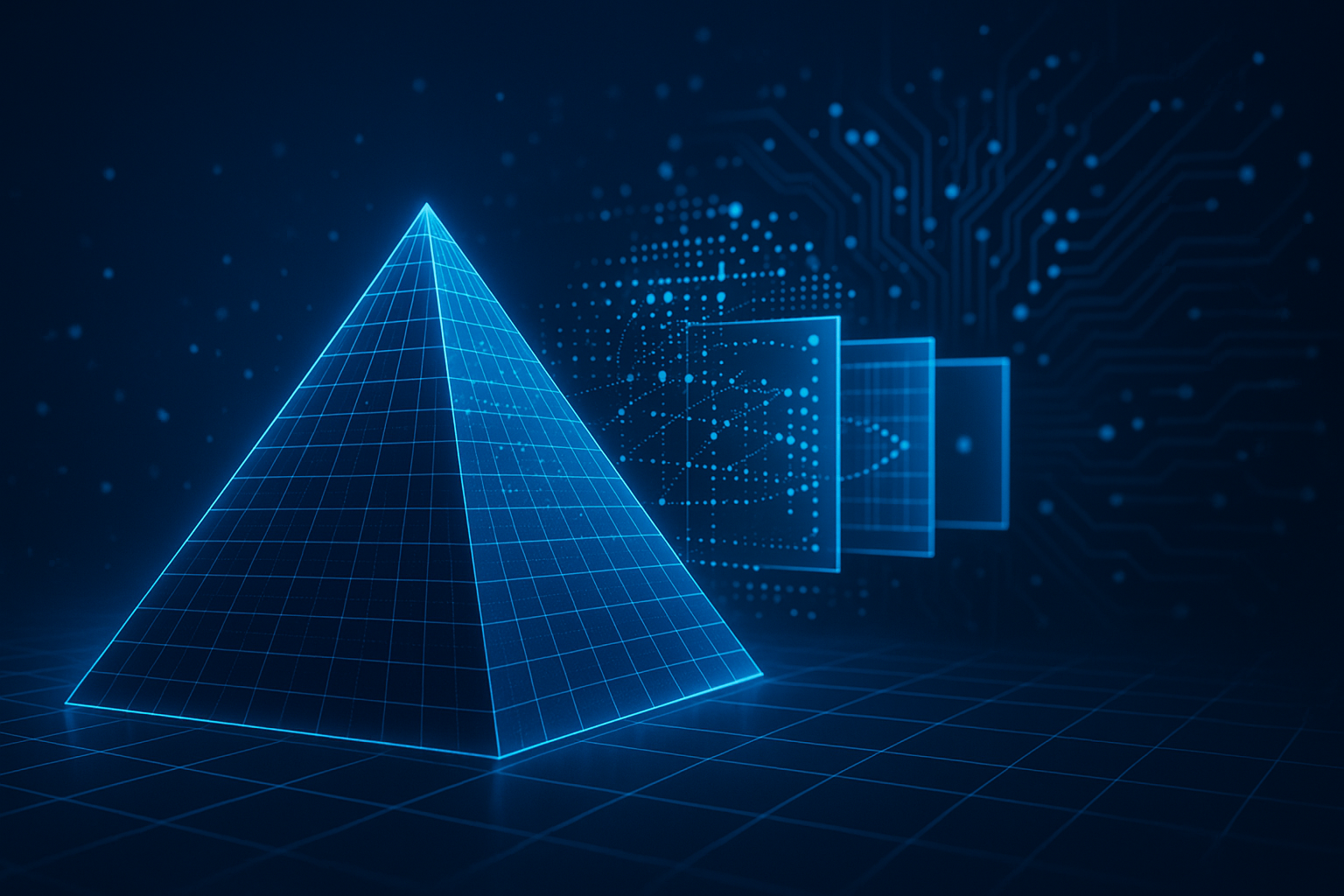
Part 2 of our series on building and deploying a full-stack image classification system. Learn to train a state-of-the-art PyramidNet CNN with advanced techniques like label smoothing and early stopping.

Part 1 of our series on building and deploying a full-stack image classification system with Python, deep learning, and FastAPI.
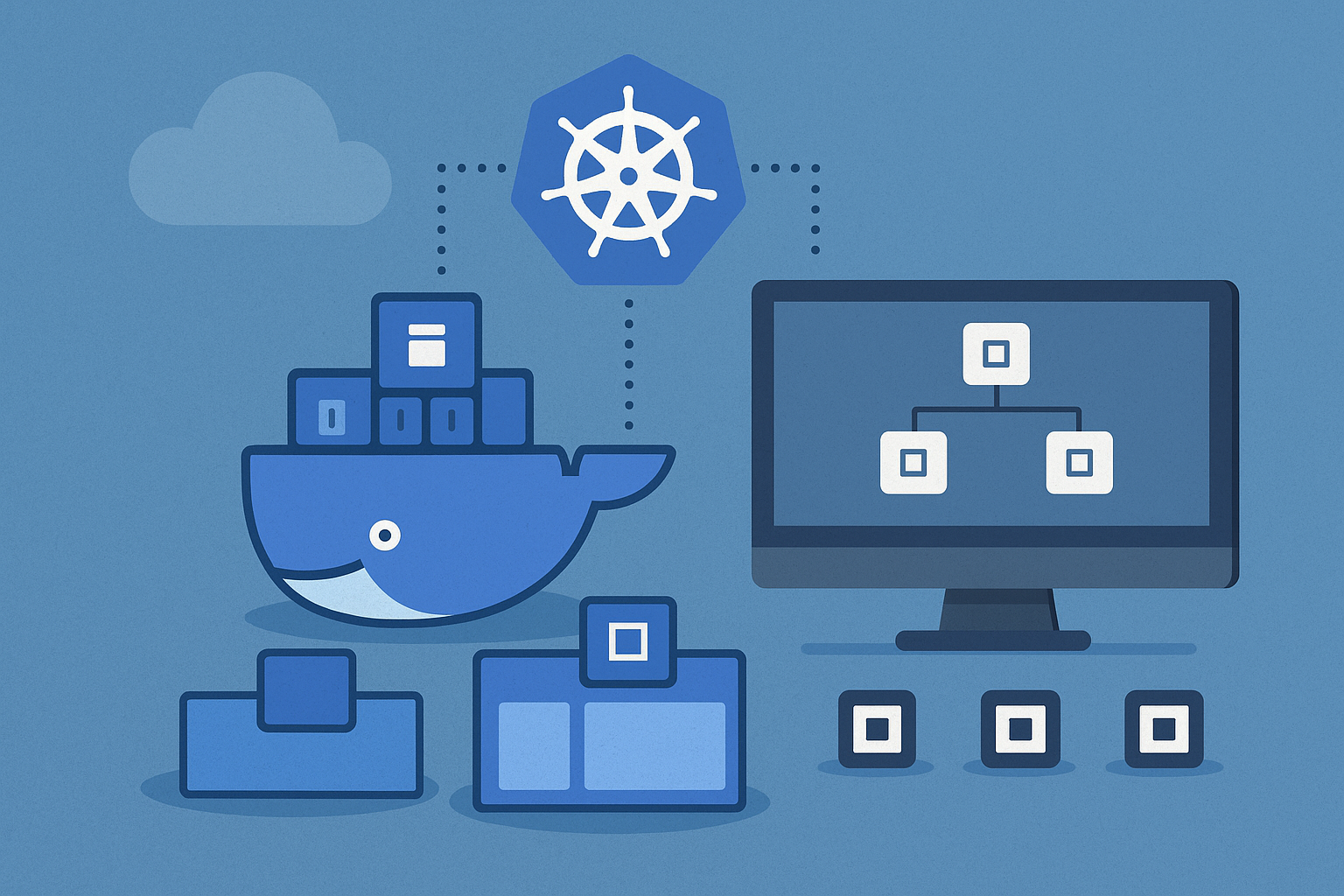
A comprehensive guide to designing, implementing, and deploying microservices architecture using Kubernetes orchestration and Docker containerization.
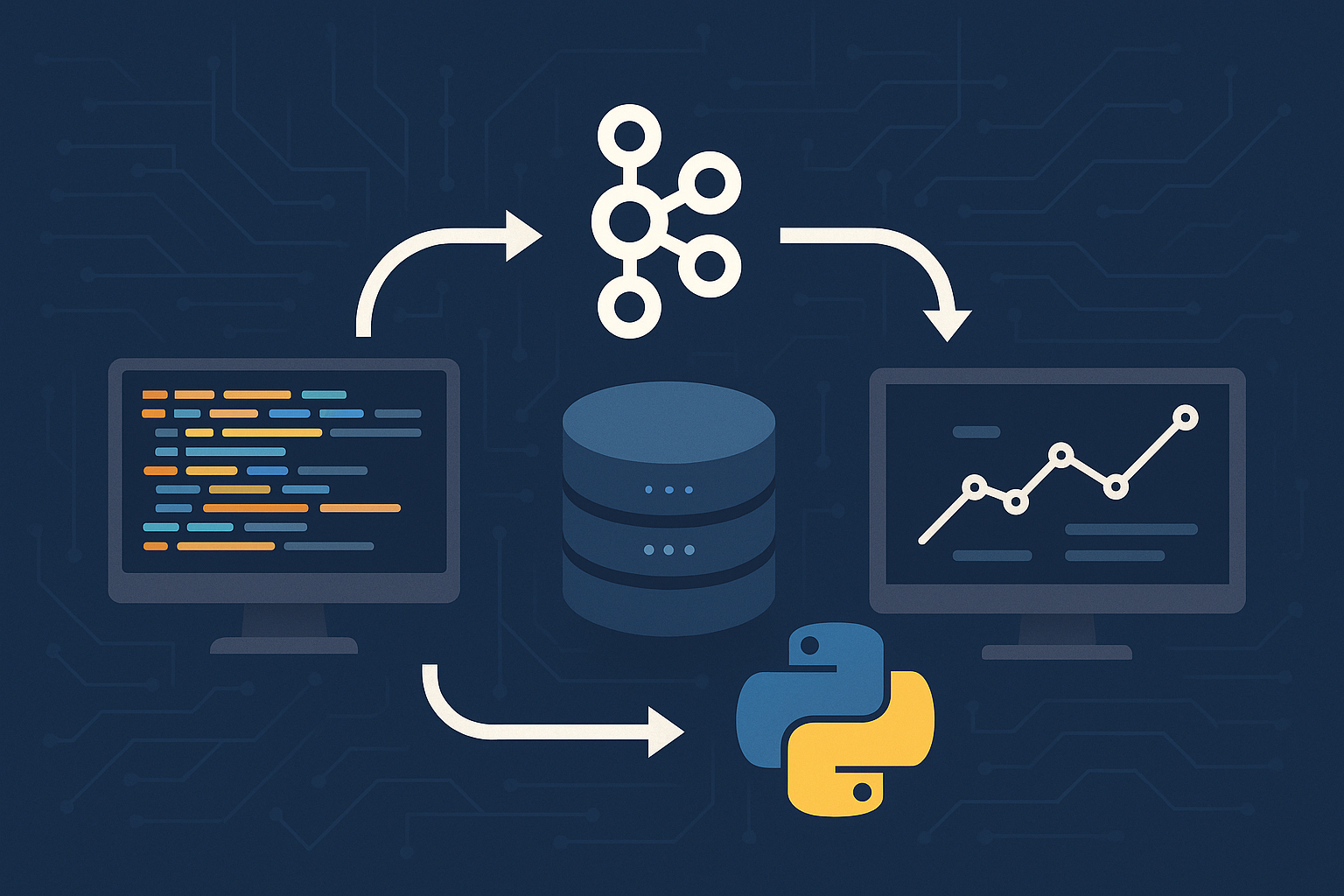
Learn how to build scalable real-time data processing pipelines using Apache Kafka, Python, and modern streaming frameworks for handling high-throughput data.
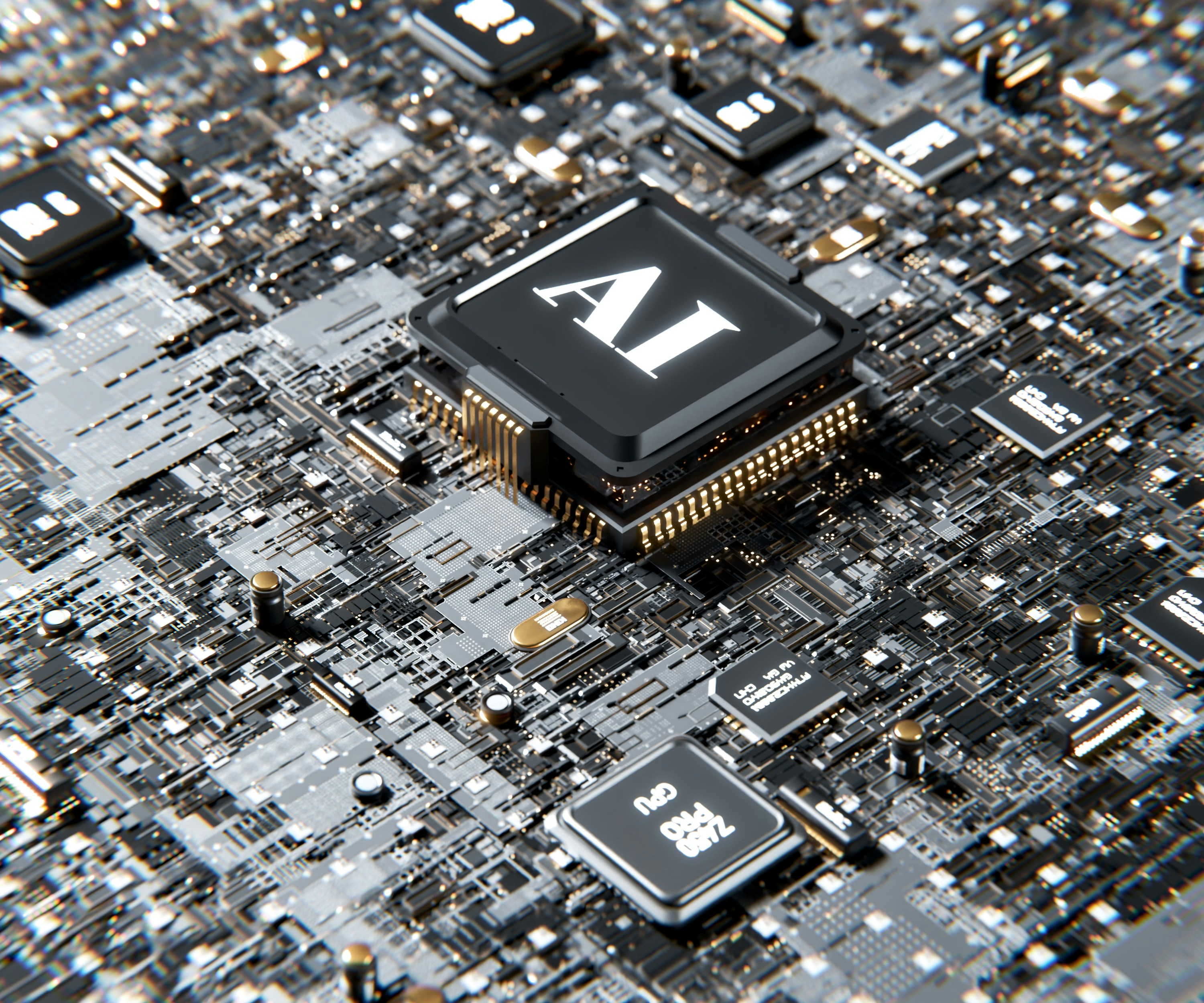
Explore confidential computing technology that protects data during processing, its key benefits for enterprise security, and why it's becoming essential for sensitive workloads in the cloud.